In the realm of logistics and transportation, semi-trailers are the backbone of moving goods across vast distances. One vital aspect that influences their performance, longevity, and efficiency is the exterior wall’s construction material. This article unpacks the varieties of materials used for semi-trailer exterior walls, diving deep into the characteristics, advantages, and considerations manufacturers must ponder when choosing the right material for their needs.
Table of Contents
- Overview of Semi-Trailer Types
- Common Materials for Semi-Trailer Exterior Walls
- Aluminum
- Steel
- Fiberglass
- Composite Materials
- Comparative Analysis of Material Properties
- Weight Efficiency
- Durability and Strength
- Cost Considerations
- Environmental Impact
- Choosing the Right Material for Your Semi-Trailer
- Innovations in Semi-Trailer Wall Technologies
- Conclusion
Overview of Semi-Trailer Types
Before we delve into the specifics of exterior wall materials, it’s essential to understand the different types of semi-trailers. Each type fulfills various logistics needs, including:
- Flatbeds: Ideal for transporting heavy and oversized loads with no enclosing walls.
- Dry Vans: Fully enclosed trailers designed to protect cargo from weather elements.
- Reefers: Temperature-controlled units suited for perishable goods.
- Tankers: Specially designed for transporting liquids.
Each semi-trailer type will often utilize different exterior wall materials based on its intended cargo and structural demands.
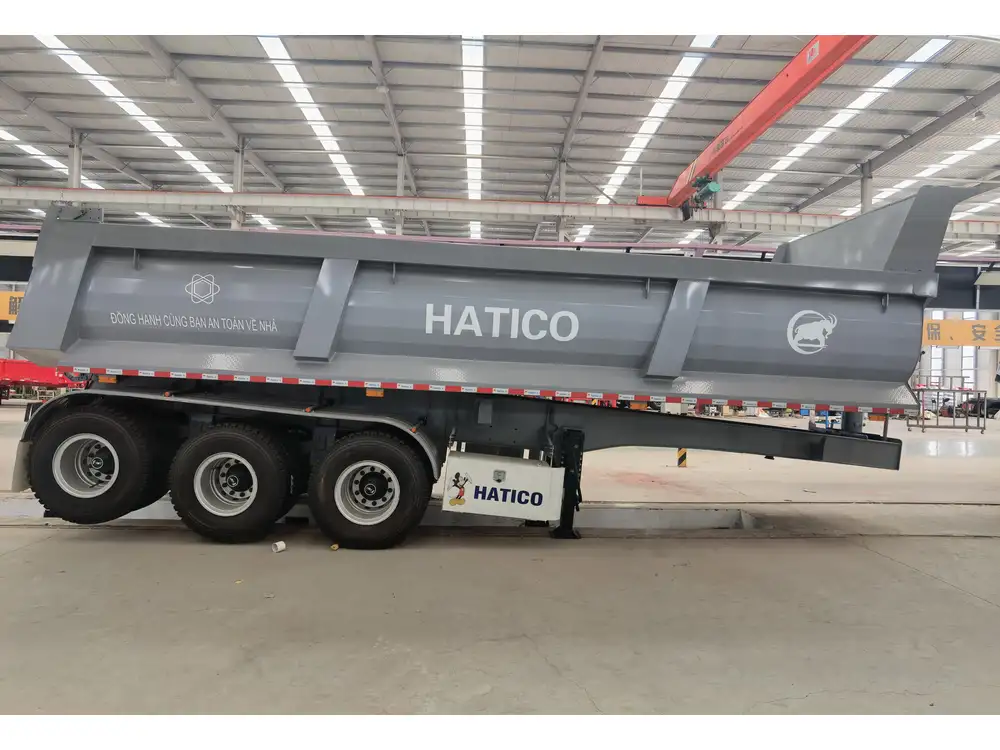
Common Materials for Semi-Trailer Exterior Walls
Manufacturers of semi-trailers typically gravitate toward a few key materials, each with its unique properties:
Aluminum
Aluminum stands out for its lightweight and corrosion-resistant properties. Structurally, it offers high strength-to-weight ratios, making it an optimal choice for maximizing payload capacity without adding extra weight.
Advantages
- Lightweight: Enhances fuel efficiency due to reduced overall trailer weight.
- Corrosion Resistance: Increases lifespan without rotting, rusting, or degrading as quickly as steel.
- Recyclability: Eco-friendly, with a high percentage of recycled aluminum available.
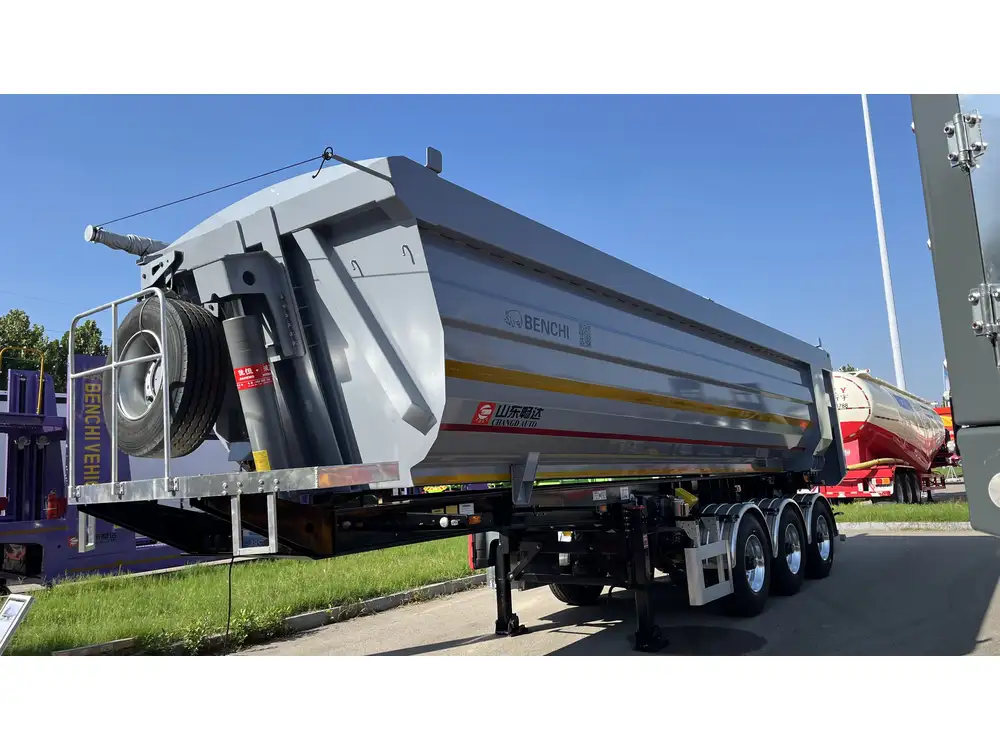
Considerations
- Higher Initial Cost: Generally more expensive than steel, which can deter some buyers.
- Lower Strength: While strong enough for many applications, aluminum can be more prone to denting under severe impacts.
Steel
Steel is traditionally favored for its robust nature and resilience. Its impressive strength makes it a preferred choice for heavy-duty applications, especially in flatbed trailers that transport substantial loads.
Advantages
- Strength: Exceptional load-bearing capacity, making it suitable for heavy-duty applications.
- Cost-Effective: Typically more affordable than aluminum, especially for thick plates.
- Weldability: Offers ease of manufacturing and repair due to excellent welding properties.
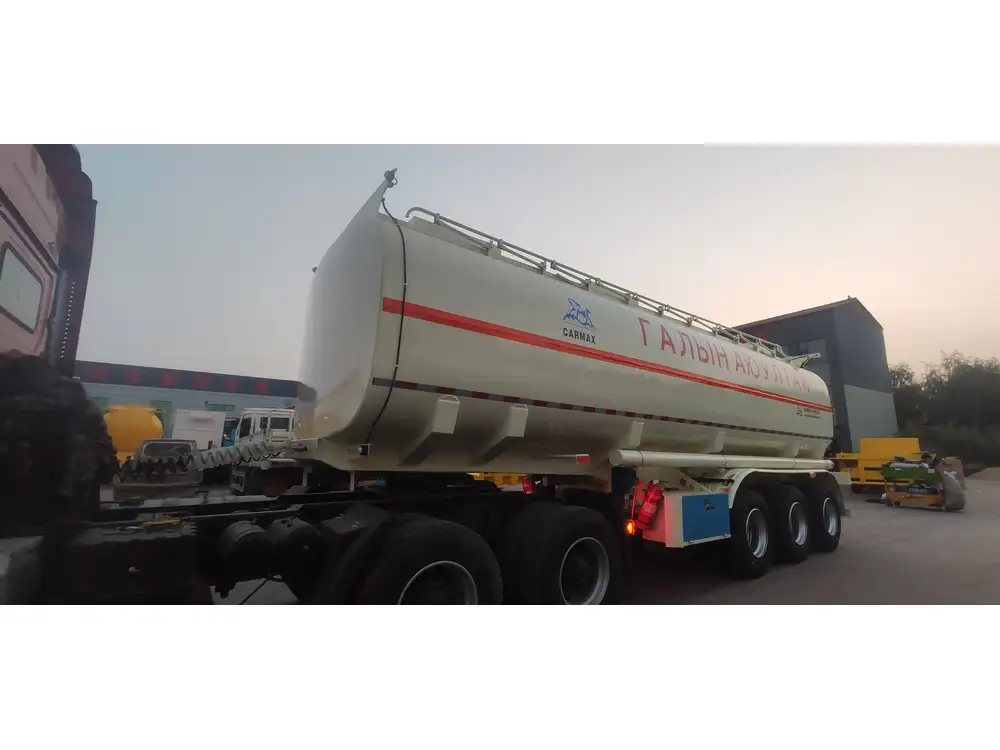
Considerations
- Weight: Heavier than aluminum, which can diminish fuel efficiency.
- Corrosion Potential: Susceptible to rust if not treated properly, necessitating protective coatings.
Fiberglass
Fiberglass is increasingly being utilized for its lightweight properties and aesthetic appeal. It offers high rigidity and resistance against corrosion, making it an attractive option for specific applications like reefers and dry vans.
Advantages
- Corrosion Resistance: Will not rust, far superior for applications requiring waterproofing.
- Good Insulating Properties: Ideal for temperature-sensitive cargo in reefers.
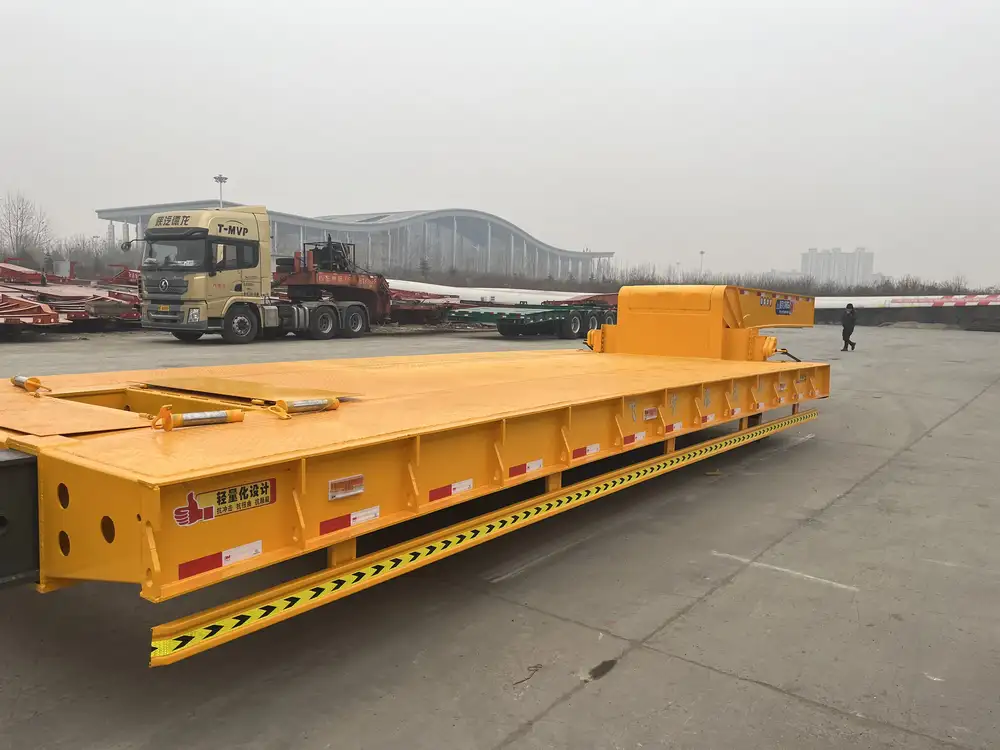
Considerations
- Cost: Generally higher in terms of initial investment comparing to metal options.
- Repair Difficulty: Cracks and breaks can be more challenging to repair than metal.
Composite Materials
The evolution of trailer manufacturing has led to the emergence of composite materials, which combine various elements to yield a synergistic effect. Common composites include plywood, plastic, and insulation materials.
Advantages
- Weight: Often lighter than steel but stronger than standard fiberglass.
- Versatility: Can be tailored for specific characteristics like insulated walls for temperature control.
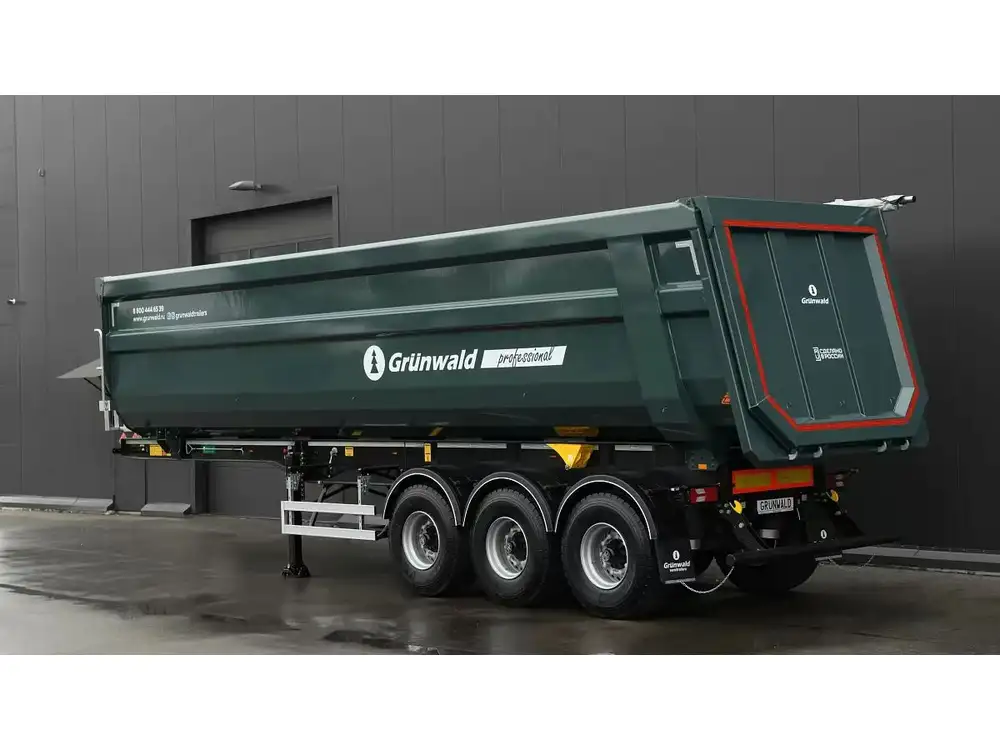
Considerations
- Complexity in Repairs: Can complicate repairs and maintenance, depending on the composite construction.
- Cost Variability: Pricing can fluctuate significantly based on the composite materials used.
Comparative Analysis of Material Properties
The effectiveness of semi-trailer exterior walls can vary markedly based on the material employed. Below is a detailed comparative table illustrating these properties:
| Material | Weight Efficiency | Durability and Strength | Cost Considerations | Environmental Impact |
|---|---|---|---|---|
| Aluminum | High | Moderate | High | High (recyclable) |
| Steel | Moderate | High | Low | Variable (recyclable) |
| Fiberglass | High | Moderate | High | Moderate (recyclable) |
| Composite | Very High | High | Variable | High (depends on materials) |
Each of these materials has been honed for specific advantages, and understanding their traits enables manufacturers to make informed decisions.
Choosing the Right Material for Your Semi-Trailer
The choice of material for semi-trailer exterior walls hinges on various factors that must align with operational needs. A structured approach considers:
- Intended Use: Will it carry heavy loads, or is it for temperature-sensitive cargo?
- Cost Constraints: Evaluate both upfront costs against long-term maintenance and fuel savings.
- Weight Regulations: Ensure compliance with local weight regulations to avoid fines or legal issues.
- Expected Lifespan: Consider material durability and the longevity desired for the investment.
Addressing these aspects helps streamline the decision-making process, fostering smarter investments.
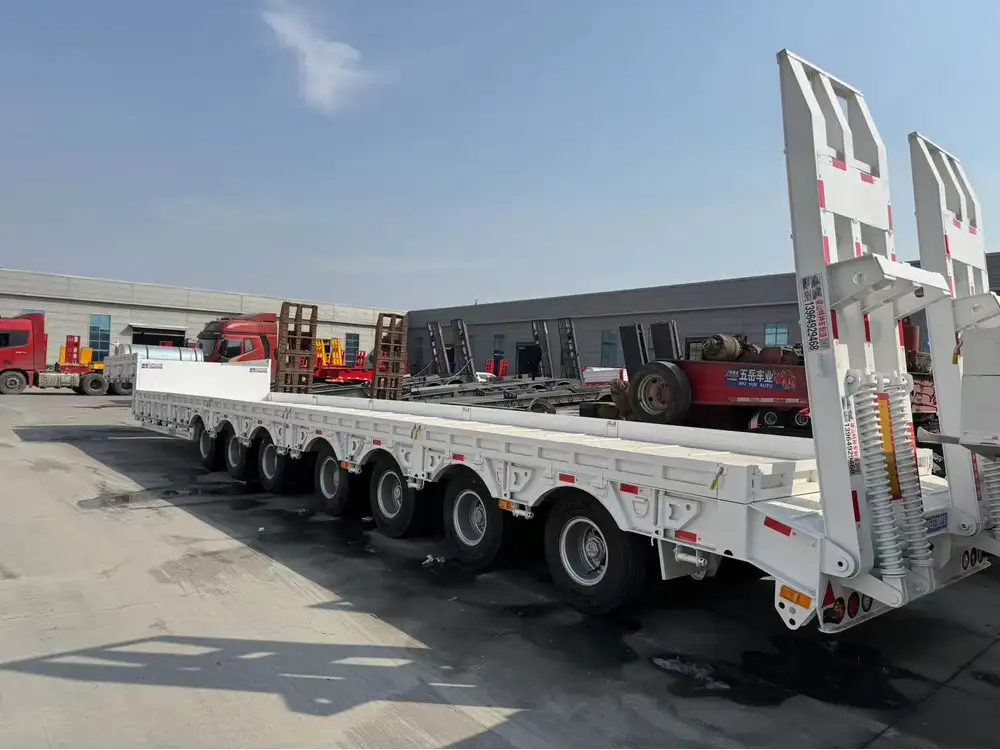
Innovations in Semi-Trailer Wall Technologies
The semi-trailer industry is continually evolving, and recent innovations are revolutionizing exterior wall materials. Trends to watch include:
- Advanced Coatings and Treatments: New protective coatings that enhance corrosion resistance and improve durability without significant weight increases.
- Hybrid Materials: The marriage of different materials to create walls that possess both strength and lightness, addressing the issues of individual material limitations.
- Automated Manufacturing Processes: Enhanced production techniques that ensure consistency while reducing costs and waste.
These innovations not only affect manufacturing but also contribute to sustainable practices and efficiency improvements throughout the industry.
Conclusion
The choice of exterior wall material for semi-trailers plays a critical role in shaping the performance, efficiency, and operational costs of these crucial transport vehicles. By understanding the properties and advantages of materials like aluminum, steel, fiberglass, and composites, manufacturers can make informed decisions that enhance their offerings.
As the logistics landscape continues to expand and evolve, staying abreast of new technologies and materials will ensure that manufacturers remain competitive. In the end, the key is to balance cost, performance, weight, and durability to provide tailored solutions for their customers’ diverse needs. Ultimately, a strategic approach in selecting the right materials leads not only to operational advantage but also enhances the sustainability of the transportation process itself.



